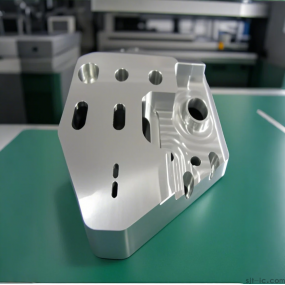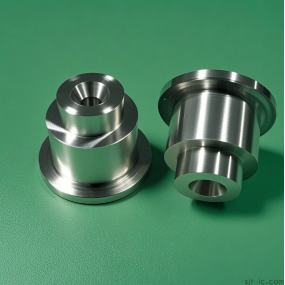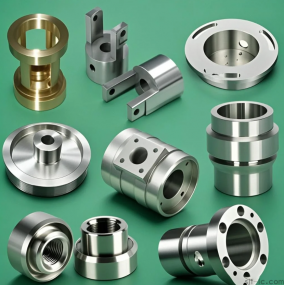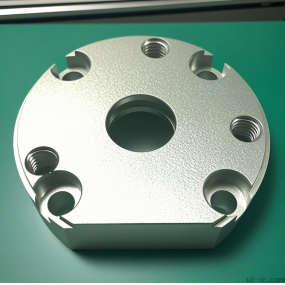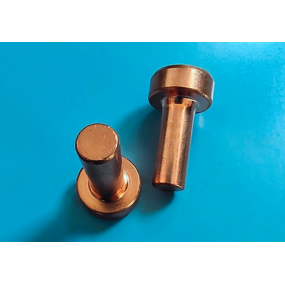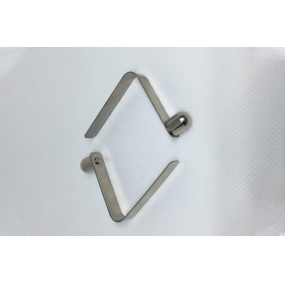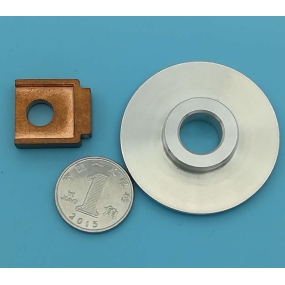Numerical control lathe is a high-precision and high-efficiency automated machine tool. By using numerical control lathe, the machining effect can be improved and more value can be created. The emergence of numerical control lathe has enabled enterprises to get rid of their backward machining technology. Although the machining technology of numerical control lathe is similar to that of ordinary lathe, it can continuously and automatically complete all turning projects because it is a clamp. Therefore, attention must be paid to the following aspects.
1、 Reasonably choose cutting parameters
Efficient metal cutting involves three elements: the material being machined, the cutting tool, and the cutting conditions. These determine processing time, tool life, and processing quality. The economically effective processing method inevitably selects cutting conditions reasonably.
The three elements of cutting conditions: cutting speed, feed rate, and cutting depth can directly cause tool damage. With the increase of cutting speed, the temperature of the cutting edge rises, resulting in mechanical, chemical, and thermal wear. When the cutting speed is increased by 20%, the tool life will be reduced by half.
The relationship between feed conditions and tool wear occurs within a very small range. However, with a large feed rate and an increase in cutting temperature, there will be significant wear in the later stages. The cutting speed has less impact than the tool. Although the cutting speed and feed rate are not significant, if micro cutting depth is used for cutting, the material being cut will produce a hardened layer, which will also affect the tool's lifespan.
Users choose the cutting speed based on the material being processed, hardness, cutting state, type of material, feed rate, cutting in, etc.
The selection of appropriate processing conditions is based on these factors. The ideal condition for reaching the lifespan through stable wear and tear of the rules is.
However, in practical work, the choice of tool life is related to tool wear, changes in machining dimensions, surface quality, cutting noise, machining heat, etc. When deciding on processing conditions, it is necessary to discuss based on the actual situation. For difficult to machine materials such as stainless steel and heat-resistant alloys, coolant and rigid blades can be used.
2、 Reasonable selection of cutting tools
In the case of rough turning, choose cutting tools with high strength and good durability. In the case of rough turning, meet the requirements of large back cutting edge and large feed capacity.
When using precision machining, in order to ensure the required machining accuracy, it is necessary to choose tools with high precision and good durability.
In order to shorten the replacement time and facilitate the use of the knife, it is necessary to use pliers and pliers as much as possible.
3、 Reasonably choose fixtures
1. Try to choose universal fixtures to hold workpieces and avoid using specialized fixtures.
2. Align the positioning benchmarks of the components to reduce positioning errors.
Determine the processing route
The machining path refers to the motion trajectory and direction of the tool on the components during the machining process of a digital control machine tool.
1. It should meet the requirements of machining accuracy and surface roughness;
2. The processing route should be shortened as much as possible to reduce the idle travel time of the tool.
The relationship between processing route and machining allowance
Nowadays, under the condition that digital control rotary discs have not yet been widely used, blue excess is generally added, especially when the remaining amount, including forged and hardened layers, must be processed on ordinary rotary discs. If it is necessary to process on a digital rotary disc, attention must be paid to the flexible configuration of the production program.



 Spanish
Spanish Arabic
Arabic French
French Portuguese
Portuguese Belarusian
Belarusian Japanese
Japanese Russian
Russian Malay
Malay Icelandic
Icelandic Bulgarian
Bulgarian Azerbaijani
Azerbaijani Estonian
Estonian Irish
Irish Polish
Polish Persian
Persian Boolean
Boolean Danish
Danish German
German Filipino
Filipino Finnish
Finnish Korean
Korean Dutch
Dutch Galician
Galician Catalan
Catalan Czech
Czech Croatian
Croatian Latin
Latin Latvian
Latvian Romanian
Romanian Maltese
Maltese Macedonian
Macedonian Norwegian
Norwegian Swedish
Swedish Serbian
Serbian Slovak
Slovak Slovenian
Slovenian Swahili
Swahili Thai
Thai Turkish
Turkish Welsh
Welsh Urdu
Urdu Ukrainian
Ukrainian Greek
Greek Hungarian
Hungarian Italian
Italian Yiddish
Yiddish Indonesian
Indonesian Vietnamese
Vietnamese Haitian Creole
Haitian Creole Spanish Basque
Spanish Basque

